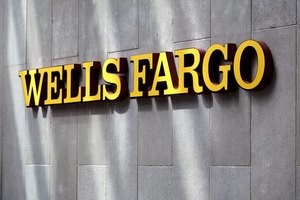Wells Fargo (NYSE:WFC) reported a second-quarter earnings beat, with an adjusted EPS of $1.33, surpassing the analyst consensus of $1.28. Despite the positive earnings surprise, the bank's stock experienced a notable decline, falling 5.57% following the announcement.
CEO Charlie Scharf highlighted the bank's transformation efforts, which were evident in the growth of fee-based revenue, strong performance in investment advisory, trading, and investment banking fees.
However, net interest income saw a 9% decrease due to higher interest rates affecting funding costs and lower loan balances, partially mitigated by higher yields on earning assets. Noninterest income rose by 19%, driven by higher trading revenue and investment banking fees, among other factors.
The bank's noninterest expense increased by 2%, attributed to higher operating losses, including customer remediation accruals for historical matters and increased revenue-related compensation, particularly in Wealth and Investment Management.
A modest decrease in the provision for credit losses was reported, with a higher allowance for credit card loans offset by lower allowances for most other loan portfolios.
Wells Fargo also announced an expected dividend increase to $0.40 per share for the third quarter of 2024, up from $0.35, pending Board approval. This follows the completion of the 2024 Comprehensive Capital Analysis and Review stress test process, with an anticipated stress capital buffer of 3.8% for the period from October 1, 2024, to September 30, 2025.
Scharf emphasized the bank's continued focus on risk and control as its top priority, alongside strategic efforts to enhance customer service and drive higher returns. He noted the launch of new credit cards and investments in the branch network and commercial businesses as part of these initiatives.
Despite the earnings beat, the stock price drop indicates investor concerns, potentially due to the decrease in net interest income and the increase in noninterest expenses.
The bank's forward-looking statements, including the expected dividend increase and capital buffer, reflect confidence in its financial health and strategic direction.
